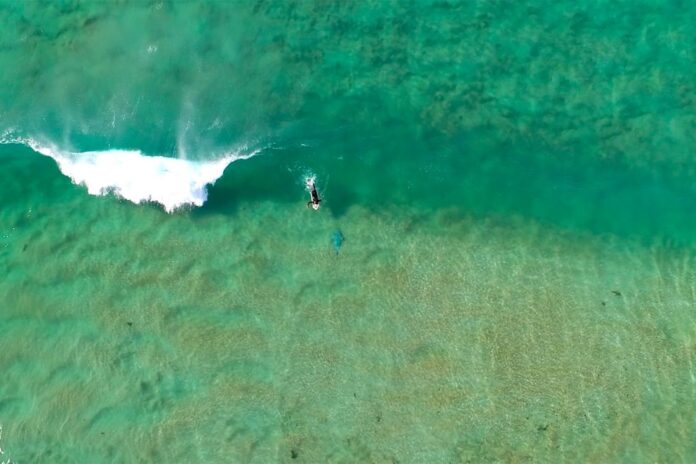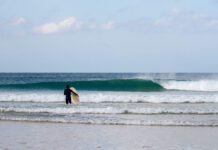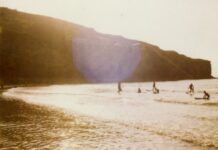Apart from the inconvenience of being stored fully inflated, blimps are proving to be an effective tool for long-duration monitoring of fixed coastal zones. According to Kye, so long as wind and water conditions are taken into account, and local airspace regulations allow, “in it’s current form the project is easily scalable to other locations, with set-up and running costs potentially able to be covered via advertising revenue of the blimp itself.”
For surfers who share their playground with sharks and who can’t shake the mental image of Jaws from their head, he also points out that, though risks can never be eliminated, taking personal responsibility for avoiding shark interactions help more than hinder.
“Easy things to do are to avoid surfing if there are baitfish or a whale carcass nearby, always surf with a mate, get yourself a first aid kit for your car with a tourniquet. If your favourite break is particularly sharky maybe invest in a personal shark deterrent that has been independently tested.”
Shark-human interactions have duly been on the spotlight of marine environment related issues for decades, and this year in Australia more than ever. Fortunately, the further we acknowledge of our impacts on the oceans, the more we become aware of the role of shark populations for its well being. And the better we navigate through misconceptions and fear, the more successful are the ways we find to coexist.
“I think one of the benefits of aerial surveillance is that it gives a good idea of how frequently sharks might come close to shore at certain locations. At our trial site we only saw sharks (grey nurse) when baitfish were present. By having continuous surveillance we can get a better idea of which beaches might be hotspots and better inform people to make educated decisions about where and when they chose to surf if sharks are something that concern them.”





